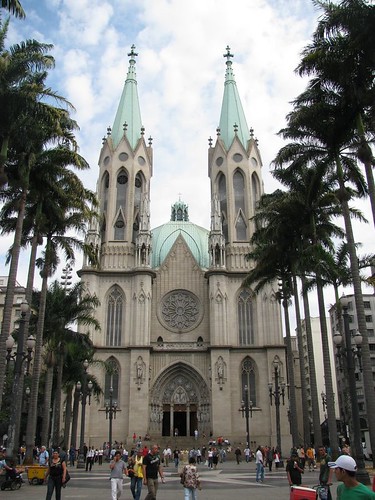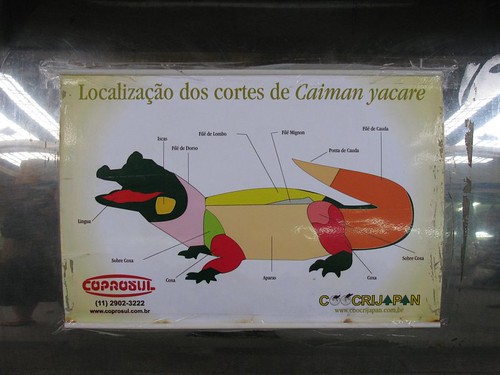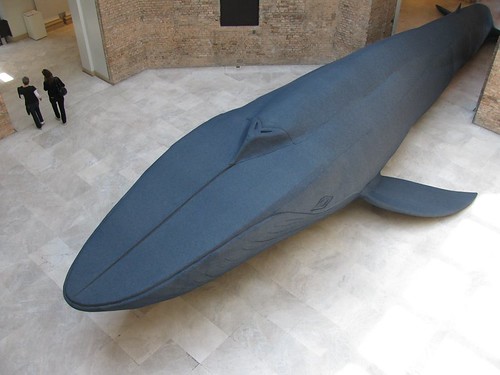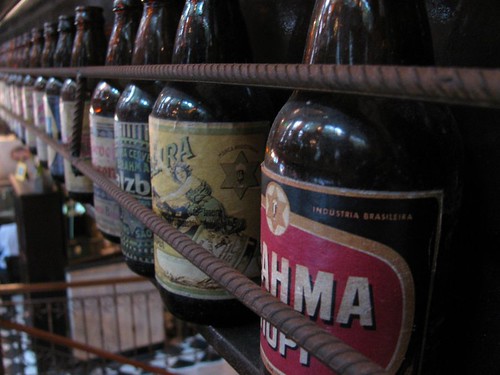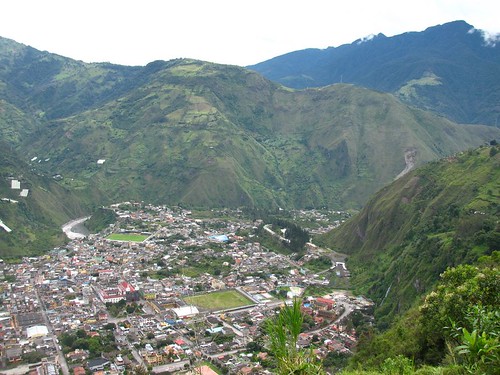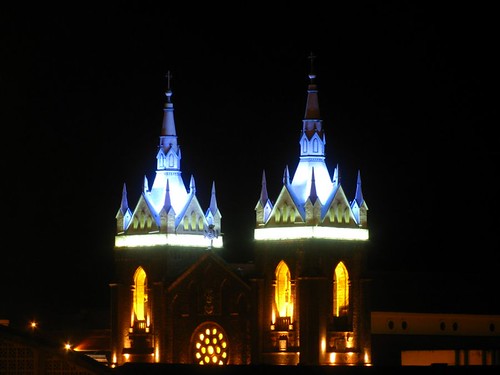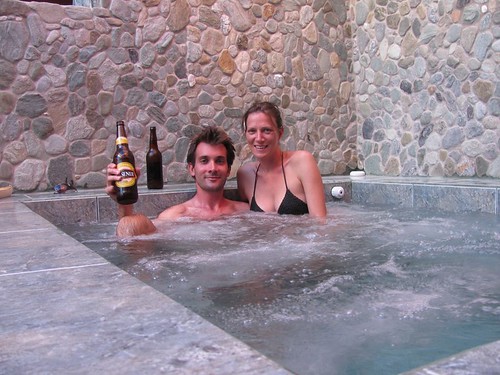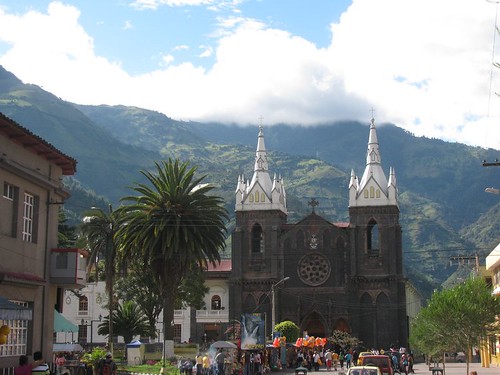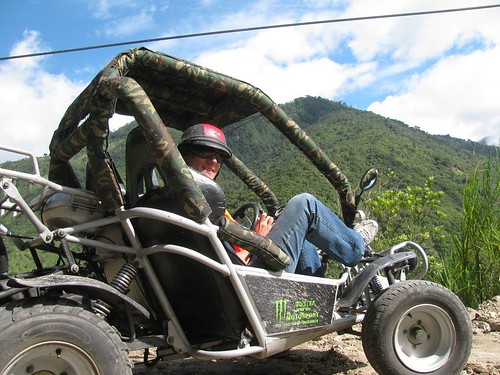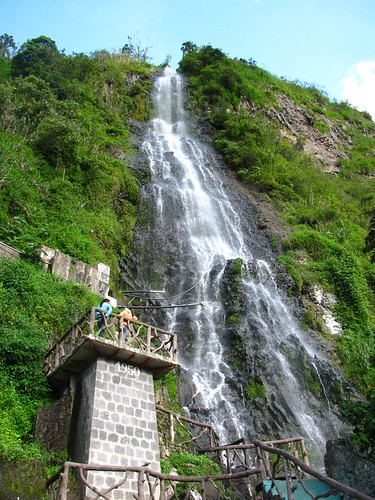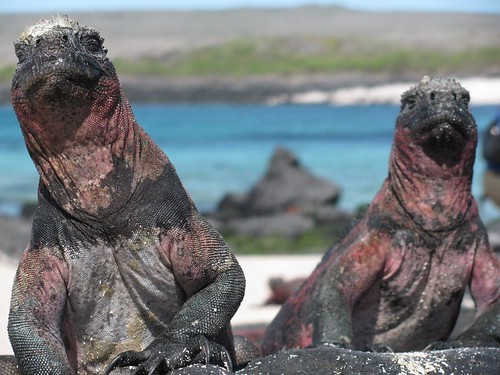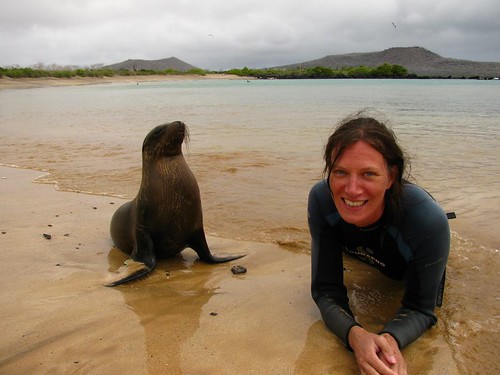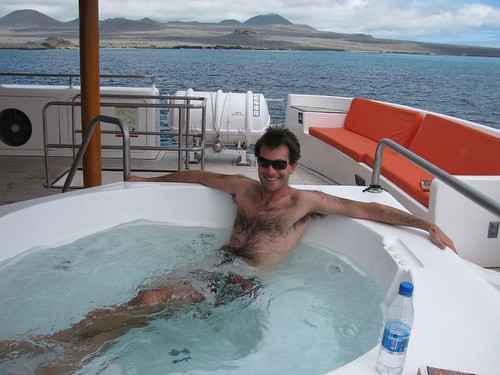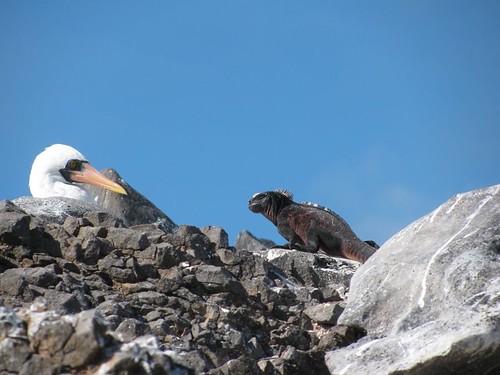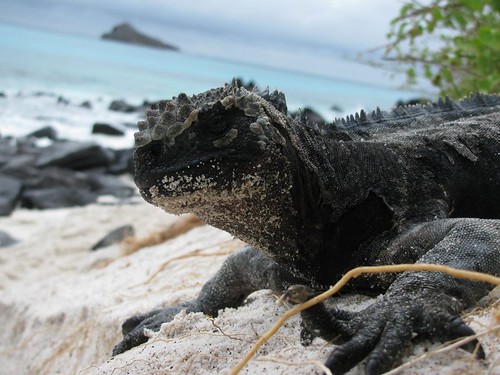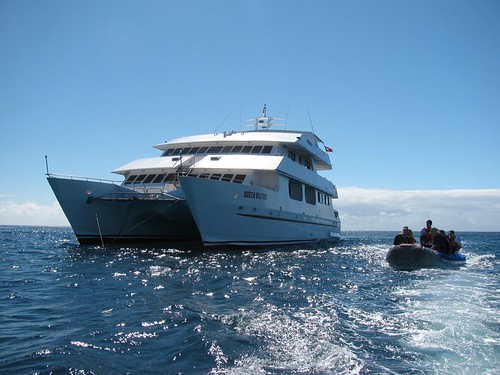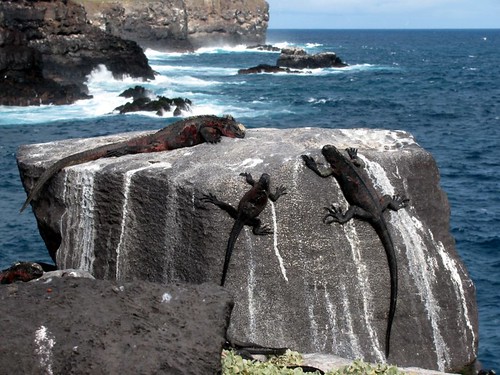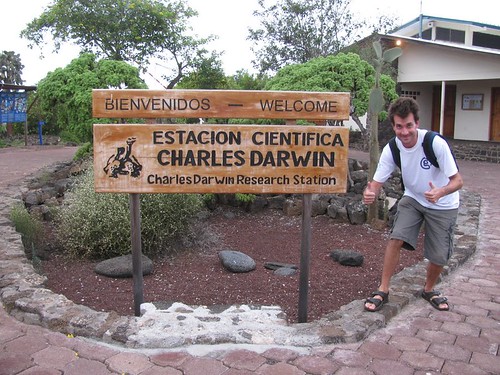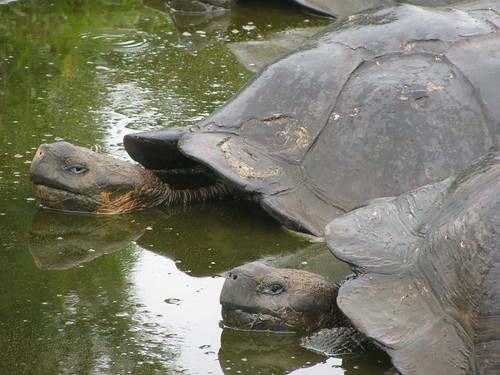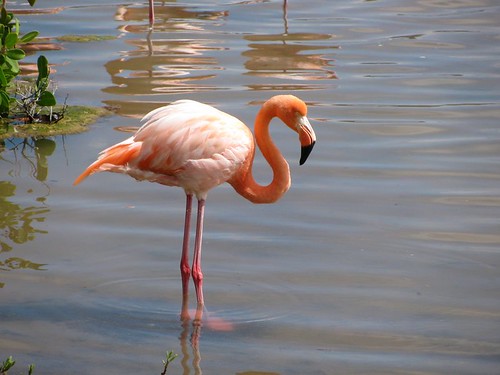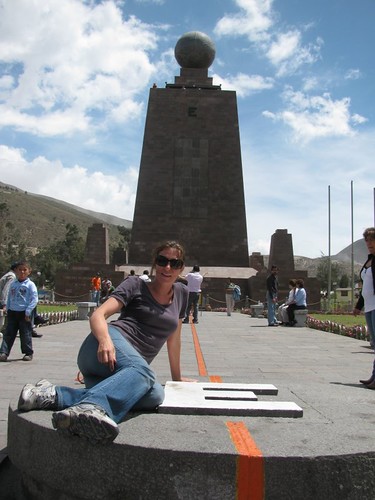São Paulo was a shock to the senses in many ways. I’ve been looking forward to this city specifically because it’s a true mega-city with 11 million in the city proper and 20 million in the greater urban area.
That’s actually an odd thing for me to say; I’m really not particularly into big cities, per se, and we’ve spent swathes of this trip explicitly trying to avoid the major cities and stick the to natural beauty on offer.
I am, however, fascinated by the scale at which humans can engineer machines, buildings, communities. São Paulo delivers.
Another shock was the language barrier. Thinking about it now, it’s actually been 4 years since I’ve wound up in a country being almost entirely unable to communicate verbally. In that time I’ve visited only Spanish speaking countries, and ones where English is, whilst not the native tongue, very widely spoken. Clearly I had been taking for granted just how much Spanish I had been using up until this point.
We had six fantastic days in the city, and we owe the quality of the experience almost exclusively to our Couchsurfing hosts Virgilio and Patricia. If you haven’t heard of it, Couchsurfing is a social networking tool whose purpose is to connect fellow travel-junkies. It facilitates both a general cultural exchange, and also that of hosting “couchsurfers” at your place. We hosted a number of people at ours before we left Australia. Yes, complete strangers! It’s a thrill.
Based on their recommendations we packed our days with gastronomic, scenic, musical and art / visual delights. Some of the greatest value of local recommendations is that you wind up with a very high success rate in your touristic endeavors, instead of wasting time on the inexplicably closed / uninteresting / tourist trappy things that often sap hours of the hard working traveler’s life.
Combine that in this instance with Virgilio offering us the spare bedroom (complete with skyline views) in his lovely, enormous apartment in a very nice part of town (Lapa) and we had an incredible experience. You can read our Couchsurfing profile feedback for the full details on just how lovely these two people are ;-)
Coming from Ecuador, Brazil comes across as a fully developed, modern and thoroughly rich country. Appearances are, of course, deceiving, particularly in the richest of urban areas of São Paulo. However I’ve been struck with a sense of just how dynamic an economy is powering this country right now.
It really is night any day from where we’ve just come – everything works, from buses to espresso, people are quiet and industrious, the traffic, while intense, doesn’t seem to fill the city with choking smog.
Everything is manufactured locally, import tariffs are high, 93% of electricity generation is hydroelectric, the cars run on an 85% ethanol blend and increasingly the buses on bio-diesel.
São Paulo is not a tourist destination, and the prices for many of the services tourists tend to need can be gob-smacking. In fact we never found a meal out to be cheaper than the equivalent in Melbourne – generally it was 10% – 50% more expensive. Prices were often rivaling London. This was, and indeed is, quite hard to figure out.
A final note: The São Paulo metro system is yet another to put Melbourne to shame. We traveled in peak hour, and didn’t feel particularly crushed. Oh and watch out for the 28 new train stations and 107 new trains they’re rolling out by 2010!
In all we had a surprisingly good time in São Paulo, and had a timely re-introduction to big, highly developed city life.



